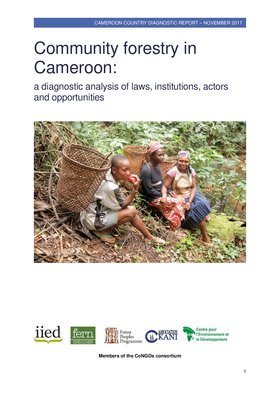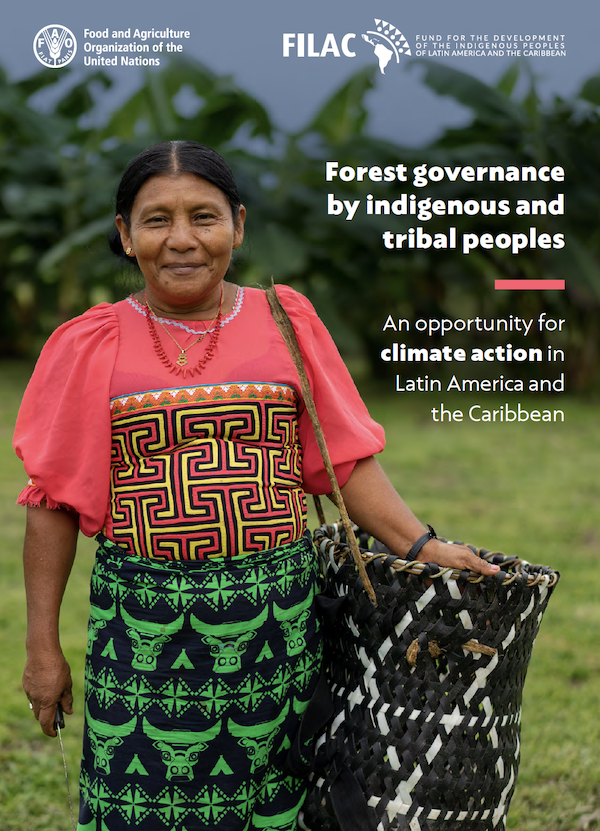Community forestry in Nederland
Uitleg over de oorsprong en betekenis van het gegrip 'community forestry', en een inventarisatie van de verschillende vormen van community forestry die in Nederland voorkomen en de motieven voor deelname aan community forestry activiteiten. Vooral twee categorieën van bosbeheer worden beschouwd als typische representanten van community forestry: gezamenlijk bosbeheer waarbij zowel de besluitvorming als de controle op het beheer in handen zijn van lokale organisaties en vrijwilligersgroepen, en gezamenlijk bosbeheer van gemeenschappelijk bosbezit (restanten van vroegere markebossen)



